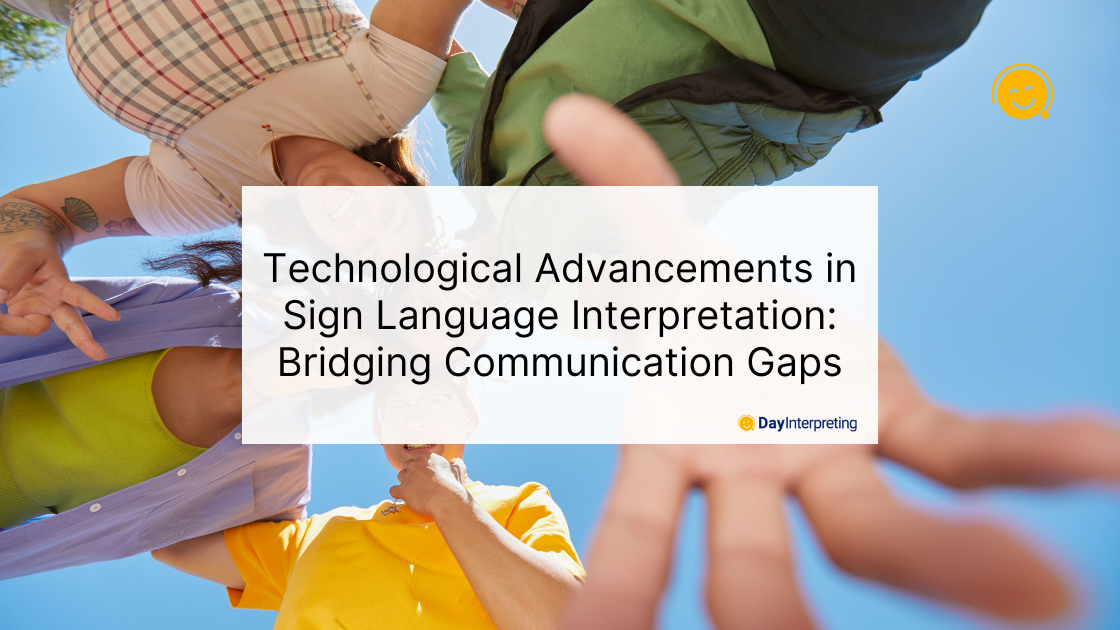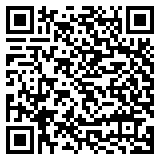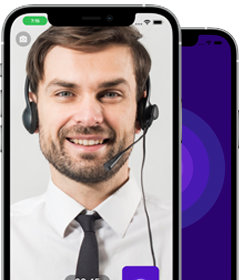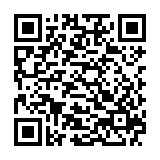In a world that is increasingly interconnected, communication is at the heart of every interaction. However, for the Deaf and Hard of Hearing (DHH) community, traditional modes of communication often present barriers that hinder full participation in various aspects of society. Sign language, a rich and expressive visual language, serves as the primary means of communication for many individuals within this community.
Over the years, technological advancements have played a pivotal role in transforming sign language interpretation, making it more accessible, efficient, and inclusive. This article explores the remarkable advancements in sign language interpretation through technological innovations, from the evolution of basic video relay services to the development of cutting-edge sign language recognition software and wearable devices. These advancements have empowered the DHH community and fostered a more inclusive and accessible society.
The Most Noteworthy Advancements in Sign Language Interpretation
Video Relay Services (VRS): A Cornerstone of Progress
The advent of Video Relay Services (VRS) marked a significant milestone in the journey of sign language interpretation. VRS enables Deaf individuals to make phone calls using video technology, with a professional interpreter facilitating communication between them and the hearing party. This technology has revolutionized telecommunications for the Deaf community, eliminating the barriers of traditional TTY (text telephone) devices and providing an enriched communication experience.
Telecommunications Relay Services (TRS)
Telecommunications Relay Services (TRS) expanded the horizon of accessibility for the Deaf and Hard of Hearing. TRS includes various services, such as IP Relay and IP Captioned Telephone Service, which enable DHH individuals to communicate via the phone or the internet with the assistance of relay operators. These services are instrumental in bridging the gap between the Deaf and the hearing world, allowing for seamless communication across various mediums.
Speech-to-Sign Language Translation
Advancements in natural language processing (NLP) and artificial intelligence (AI) have brought about significant breakthroughs in sign language interpretation. Speech-to-sign language translation systems can automatically convert spoken language into sign language. These systems use machine learning algorithms and sign language recognition technology to interpret and produce sign language signs accurately. Such innovations are a game-changer, allowing for real-time communication between Deaf and hearing individuals.
Sign Language Recognition Software
The development of sign language recognition software has been a game-changer. These software programs employ computer vision, machine learning, and deep learning techniques to interpret and translate sign language gestures into text or speech. By using cameras and sensors, they can capture and analyze sign language movements with impressive accuracy. These applications have numerous applications, from enabling Deaf individuals to interact with digital devices to enhancing accessibility in educational settings.
Wearable Devices and Augmented Reality
The advent of wearable technology has opened up new possibilities for sign language interpretation. Smart glasses and augmented reality (AR) devices have the potential to display sign language translations directly in the user’s field of vision. This technology not only aids Deaf individuals in their day-to-day interactions but also promotes inclusivity in diverse settings, such as education, workplaces, and public spaces.
Mobile Apps and Communication Platforms
The proliferation of mobile apps and communication platforms has been instrumental in making sign language interpretation accessible to a wider audience. Many apps now offer sign language translation features, allowing users to communicate with Deaf individuals more effectively. Sign language educational apps and resources have also become increasingly popular, promoting sign language literacy among the hearing population.
Challenges and Considerations for Advancements in Sign Language Interpretation
While technological advancements in sign language interpretation have come a long way, there are still challenges to overcome. These include the need for standardization of sign language recognition systems, addressing privacy concerns with wearable devices, and ensuring equitable access to these technologies for all members of the DHH community. Ongoing collaboration between technology developers, the Deaf community, interpreters, and policymakers is essential to navigate these challenges successfully.
Wrapping Up on Advancements in Sign Language Interpretation
Technological advancements in sign language interpretation have transformed the lives of Deaf and hard-of-hearing individuals, breaking down communication barriers that once isolated them from the hearing world. From the early days of Video Relay Services to the current era of AI-driven sign language recognition, these innovations continue to empower the DHH community and foster inclusivity and accessibility in society. As technology continues to evolve, it is crucial to prioritize developing and adopting these advancements to ensure that all individuals can engage in meaningful and accessible communication. The future of sign language interpretation holds great promise, offering the potential for a more inclusive and equitable world for all.





0 Comments